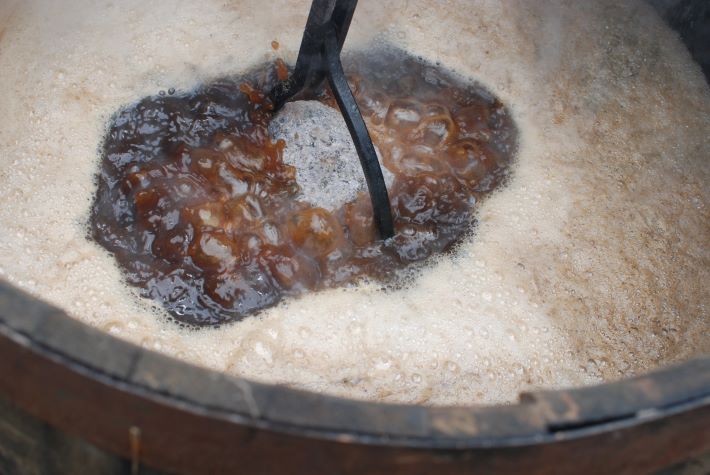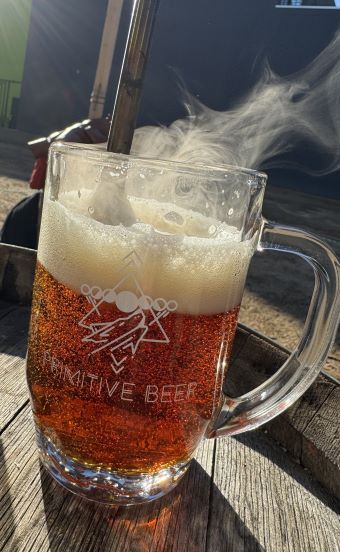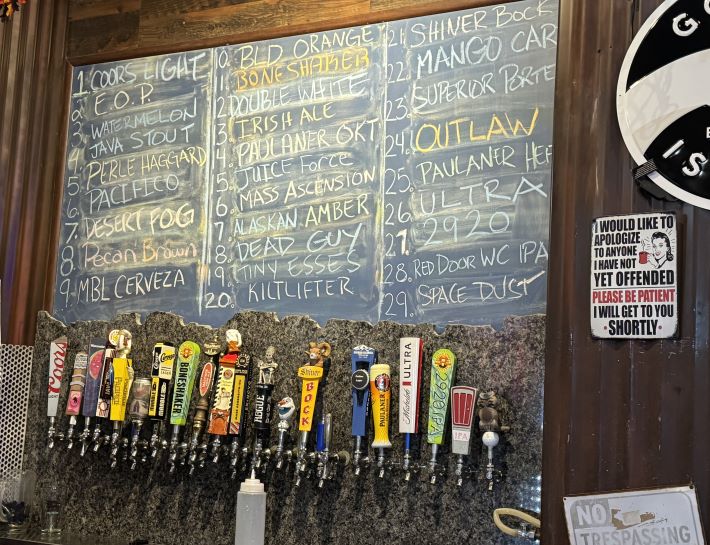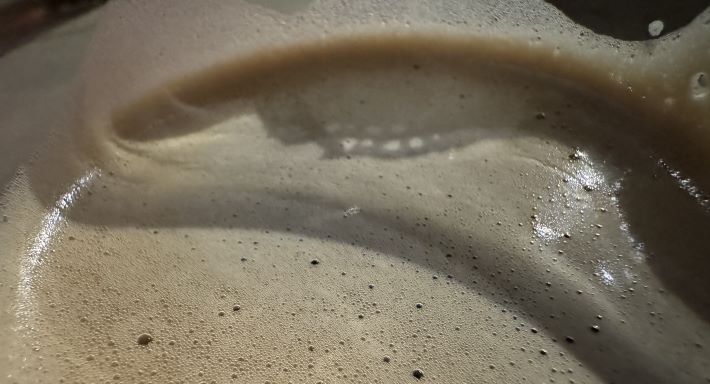
Doug Veliky has written an ode to Sierra Nevada Celebration Ale that could be the chapter of a book. No reason to repeat much of what he wrote.
Instead, a bit of history, because obsessing over Celebration goes way back, at least in craft beer years. In 1995, Sierra Nevada brewed only 35 percent of the amount of Celebration they knew they could sell. Meeting demand for its core beers — Sierra Nevada Pale Ale, Porter and Stout — meant they wouldn’t be shipping any Celebration east of the Rockies or making almost any 1996 Bigfoot Barleywine.
“We can’t run out of pale ale,” marketing and sales director Steve Harrison said at the time. “It’s on menus in restaurants, it’s a permanent product in chain stores . . .”
As a result:
– Ken Ficherea, a Brooklyn accountant, used his frequent-flier miles to fly from JFK International
to San Francisco and back in the same day to pick up four cases of Celebration.
– Understanding that there were only 140 barrels of 1996 Bigfoot (compared to 11,00 in 1995, Ken Papai and Charlie Gow, two Bay Area residents, made two road trips to Sierra Nevada’s Chico brewer to buy Bigfoot.
In the first, they formed a three-car caravan with Dan Brown. “Dan couldn’t wait,” Papai said, and as a result, Brown was pulled over by a state police officer, although he didn’t receive a ticket.
Two weeks later, Papai and Gow realized they needed more beer — most of it was earmarked for friends across the country — and headed north again, this time in the same car.
After they filled the car with beer and had a few pints at the pub, they tried to take a shortcut during the 200-mile drive home, missed a turn and ended up stuck in the mud in a wildlife preserve. (Papai’s longer version of this story was quite entertaining, but the tl;dr version is that Gow passed a sobriety test, and the car was towed from the mud.)
Back in 1996, the year after Sierra Nevada had only 30 hours downtime and managed to produce 201,000 barrels, Harrison was not predicting how much Celebration would be available later in the year. “We will not contract brew, and we will not change the way we brew,” he said. “Just think how much noise they (in online beer forums) would make if we started contract brewing.”

 Many, many breweries and events are showcased in
Many, many breweries and events are showcased in 
 From
From 
